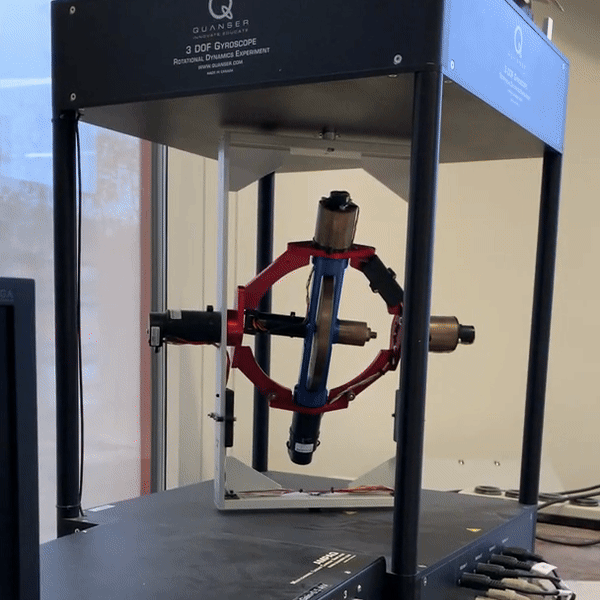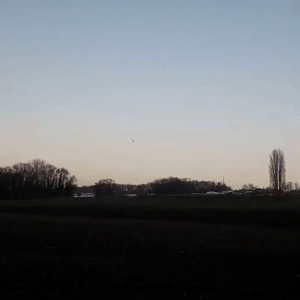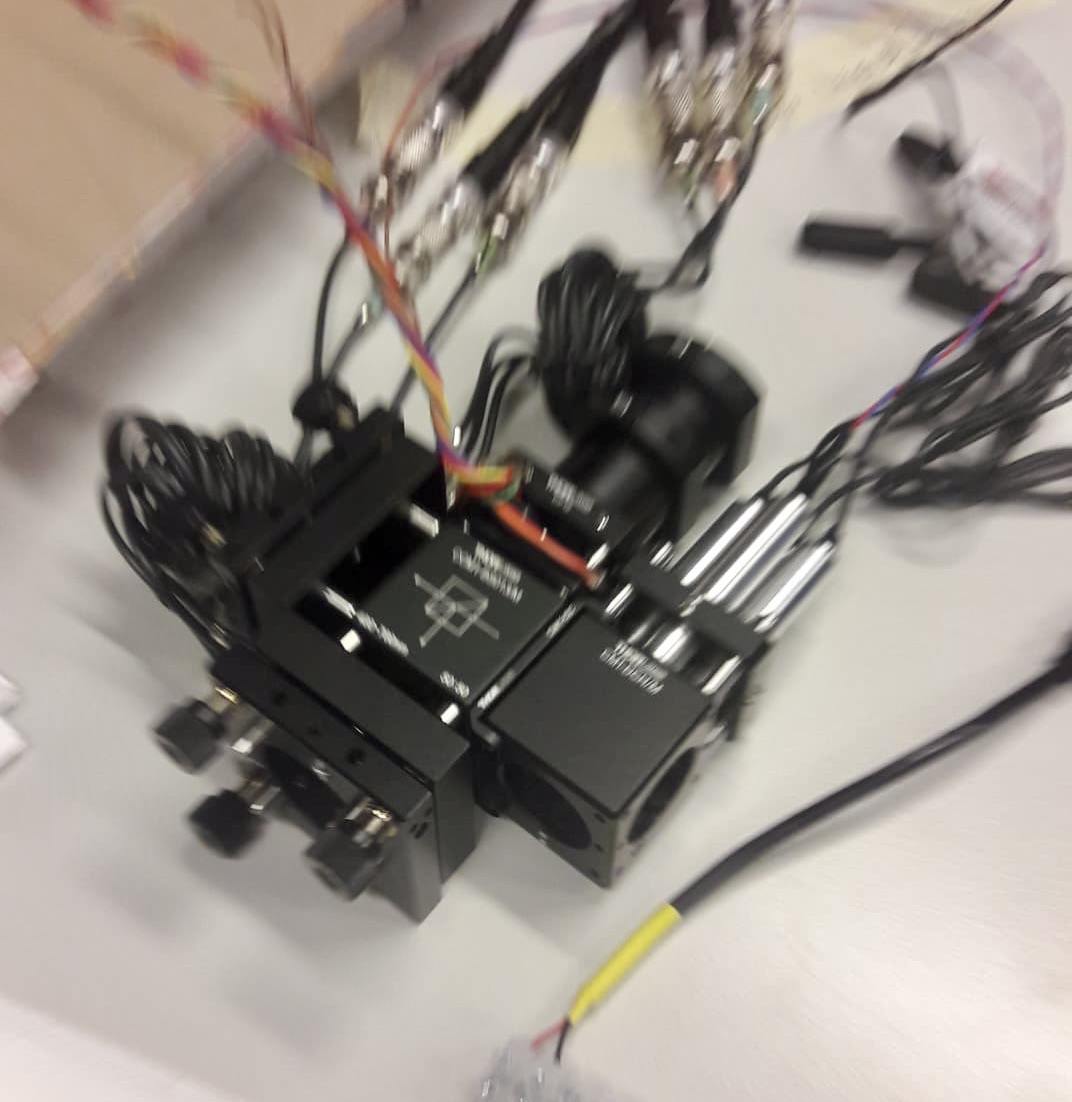About
Startups
I built Typeless, a consultation assistant for doctors, acquired in 2024 by Doctolib.
Coding
I got to 2nd place at Europe’s biggest hackathon, HackZurich 2021, with 3 other friends (2 of them became my co-founders). Our submission was Voki, a voice-first messaging app.
I code in Python, C, C++, C# and JavaScript. For frontend, I use React and React Native. I have experience setting up backend infrastructure with RabbitMQ, Redis, Celery, Docker and Kubernetes on Azure/GCP/AWS, as well as complete CI/CD pipelines. I’m also familiar with CUDA.
Research
M. B. Le Cauchois, A. Mathis, J. R. Howlett, and M. G. Mattar (2022). Chunking as policy compression in capacity-limited recurrent neural networks. The Multi-disciplinary Conference on Reinforcement Learning and Decision Making
S. Bhattacharya, M. B. Le Cauchois, P. A. Iglesias, and Z. S. Chen (2021). The impact of a closed-loop thalamocortical model on the spatiotemporal dynamics of cortical and thalamic traveling waves. Nature Scientific Reports
Industry
I worked on document layout extraction and speech recognition at Illuin Technology, on neuromorphic chip drivers for computer vision and on VTOL drones.
University
I got my Bachelor’s in Mechanical Engineering (5.2/6) and my Master’s in Robotics (5.7/6) from EPFL. I spent some time at Johns Hopkins University during my Bachelor’s and at UC San Diego during my Master’s. I also attended UC Berkeley’s incubator, SkyDeck.
I won the Annaheim-Mattille award for my Master’s thesis (conference abstract at RLDM 2022). I worked on chunking as policy compression in recurrent neural networks, inspired by the basal ganglia’s wiring.
I worked in Pablo A. Iglesias’s lab at JHU, in Martin Vetterli’s lab at EPFL, in Alexander Mathis’s lab at EPFL, and in Marcelo G. Mattar’s lab at UC San Diego.
I also TAed Aude Billard’s machine learning classes.
Videos of past work
For my first project in deep learning, I trained an agent to control a 3-DOF gyroscope, a highly nonlinear dynamical system, with applications for Control Moment Gyroscopes. I used Deep Deterministic Policy Gradient, coupled with a lot of sim2real techniques (such as dynamics randomization). The agent managed to work pretty well out of the box, with a video below showing off position control:

I once had to build a complete VTOL high-speed drone for a cool startup. The tricky thing was that the (delivery) drone needed to have a tiny wingspan, which made it impossible to takeoff at low speeds. To make it fly for my tests, I had to build a catapult. This is the footage the first time the drone flew without crashing, I’m on the right with my foot on the catapult release mechanism:

And here is some footage of the same drone during the PID tuning a couple of days later:

A couple of years ago, I had to build a compact hyperspectral camera based on interferometry. It used beamsplitters, lasers, piezos and high voltage microcontrollers. Here is a picture of the night we started hooking everything up:
